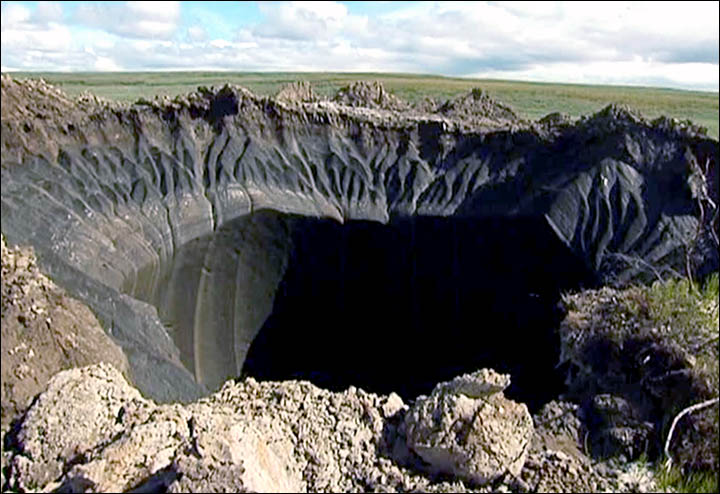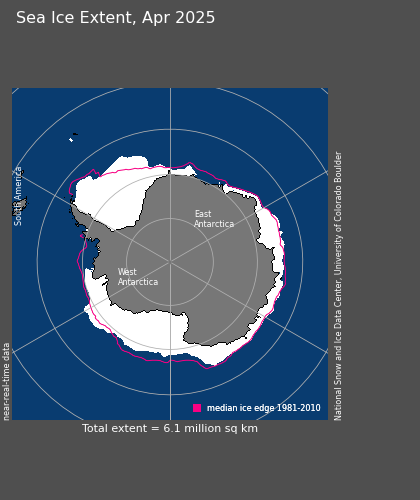Well, it looks like November has well and truly arrived; I swear it got dark at 3 o'clock yesterday. Then again, in Iqaluit (Nunavut, Canada), the sun actually did set at 3.10pm, so I suppose I shouldn't really complain...
Anyway, I'm getting distracted. Over the last couple of weeks we've begun to see how climate change is impacting upon the polar regions, specifically looking at trends in sea ice extent. I think there's a certain naivety surrounding this topic, in that it's easy to assume these two areas - both vast white wildernesses - are going to respond to climate change in the same way. This may be true to some degree, but I hope the sea ice example has demonstrated that the complexity of these systems, and the differences between them, should not be underestimated.
Before we examine some of the other ways in which humanity is impacting upon the polar regions, we're going to briefly look at the consequences of changing sea ice levels for those experiencing them first-hand. Since no one permanently lives in Antarctica (another difference between the two regions), we'll be seeing how sea ice decline is affecting Arctic Indigenous Peoples.
 |
Inuit hunting with a bow and arrow. Source:
www.firstpeoplesofcanada.com |
People have made their home in the Arctic for thousands of years, with indigenous populations including the Saami, Chukchi and Inuit. However, recent climatic changes - including a thinning and loss of sea ice - are threatening their way of life.
As previously discussed, sea ice extent was at a record minimum in 2012. During this year, the spring narwhal hunt of the Inuit community living on the north coast of Baffin Island provided only three animals, compared to the usual ~60 (Struzik, 2012). The reduced thickness of the sea ice rendered it unsafe to walk on (a necessity for a successful hunt), and more open water attracted killer whales to the area, scaring off the narwhals (Struzik, 2012). This particular example highlights two of the main consequences of sea ice decline: increased danger resulting from thin, unstable ice, and changes to Arctic species distributions.
As just mentioned, some species - such as the killer whale - are expanding into new Arctic regions as a result of ice loss (Higdon & Ferguson, 2009). However, changing ice conditions are limiting the distribution of other animal populations, rendering them inaccessible to hunters. For example, a decline in the number of walruses near Igloolik (Nunavut, Canada) has led to food shortages amongst the Inuit community that lives here (Arctic Council, 2013). Hunters are having to travel increasing distances to find food, and may now have to employ alternative hunting methods (such as hunting from a boat rather than from the ice) (NSIDC, 2014).
Declining sea ice has also led to an increasing number of storms, which poses a safety risk to hunters, and can also cause coastal erosion (NSIDC, 2014). Furthermore, the weather has reportedly become less predictable (Ford et al., 2008). Combined with the danger associated with thinner, less stable ice, it is clear that sea ice decline in the Arctic is making life here more hazardous.
Finally, it is important to remember that physical changes in the Arctic - and the consequences that arise from them - are threatening the cultures of indigenous populations. Ford et al. (2008) write "the procurement, sharing and consumption of traditional food contributes significantly to cultural identity, tradition and social cohesion". Changes in hunting techniques, and redundancy of methods used for weather prediction, may contribute to a loss of identity in these societies.






















